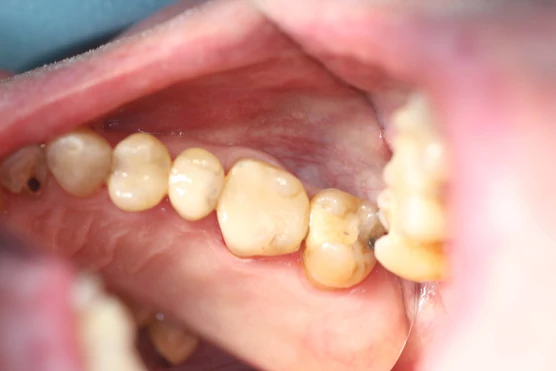Durability of Different Filling Materials

I am commonly asked by patients what type of filling I am proposing to use. Will I be placing a silver amalgam (metal filling) or a composite resin (white filling)? And, when I explain that I only use the composite resin materials (white fillings), the next question is – do the silver amalgam (metal) fillings last longer than the composite resin fillings?
I was fortunate to graduate in 1989 from dental school. Right about that time, the composite resin materials and the adhesive systems for bonding the composite resins to tooth structure had just gone through a revolutionary shift. I lucked
in on an adhesive system (that I still use today) that has provided me with incredible reliability over the past 30 years.
Contrary to what many people believe, I don’t believe that silver amalgam (a room temperature alloy of silver powder and mercury) is toxic in most individuals. In fact, the great majority of individuals who have silver amalgam fillings have been served incredibly well by the filling material. I initially shifted to using composite resin materials exclusively because of one of the physical properties of silver amalgam: creep.
Creep is the physical property of some metals and alloys whereby with repeated loading, the material deforms (this behaviour is not evident in the composite resin materials). When some silver amalgams are packed into teeth as a filling material, they take up the space in the cavity and set. With the millions and millions of repeated chewing cycles, the silver amalgam filling becomes flatter and wider. As the material deforms, it cracks teeth.
I deal with cracked teeth virtually daily – this is often (not always) a consequence of amalgam as a dental restorative material. This is also why I developed composite resins in the form of our BelleDental CRCs (Composite Resin Crowns). The majority of cracked teeth can be treated with a BelleDental CRC – by reconstructing the whole biting surface of the tooth, the splitting load on the tooth (through the crack) can often be neutralized.
I’ve included a photo of some composite resin restorations that I completed in the early 1990’s – some of these fillings are coming up to 30 years old and are still serving the patient well. There is no evidence of cracking associated with these fillings, and they are all still well bonded – sealing the teeth well. Periodically, these resin restorations can chip, or a heavily loaded portion of the filling can break. In a well bonded filling, a repair is a simple matter – fresh resin can be bonded to the existing restoration, irrespective of age.
My conclusion regarding durability is that composite resin is as durable as silver amalgam (if handled and placed correctly), with the added advantage that the resins don’t cause cracking of teeth. There is no doubt that the days of silver amalgam are numbered. But my experience with composite resin materials indicates that not only have the materials to date been as durable as silver amalgam – the composite resins are undergoing continuous development – with recent improvements in wear resistance as well as strength. These improvements, as well as cost-effectiveness, are likely to ensure that composite resin materials remain the restorative material of choice.
This article was originally published here at intouch Magazine.
DR ALEX HUSZTI BelleDental
Alex has had a career focused on low-biologic cost reconstructive cosmetic dental care – common sense teeth for life. Alex services clients in the Hunter Valley, Newcastle, Lake Macquarie and Maitland areas.




